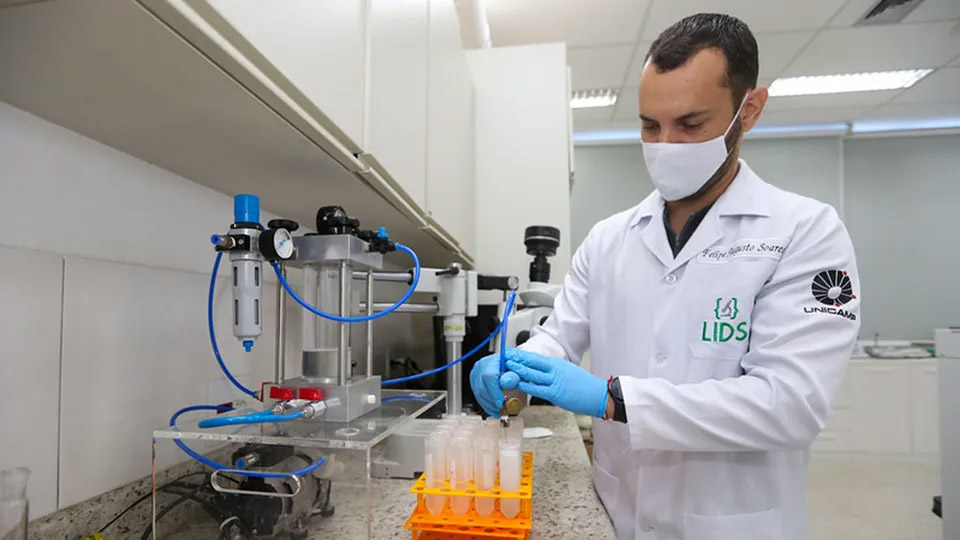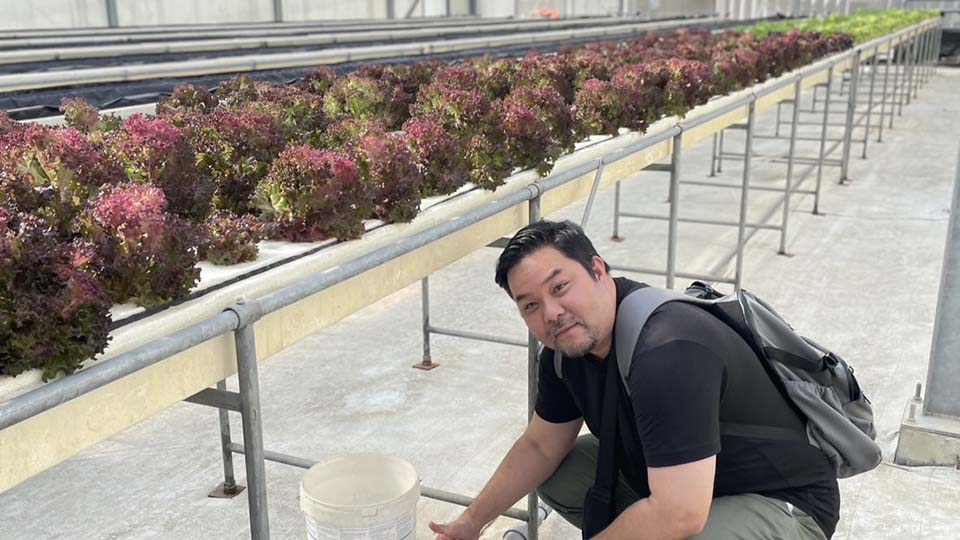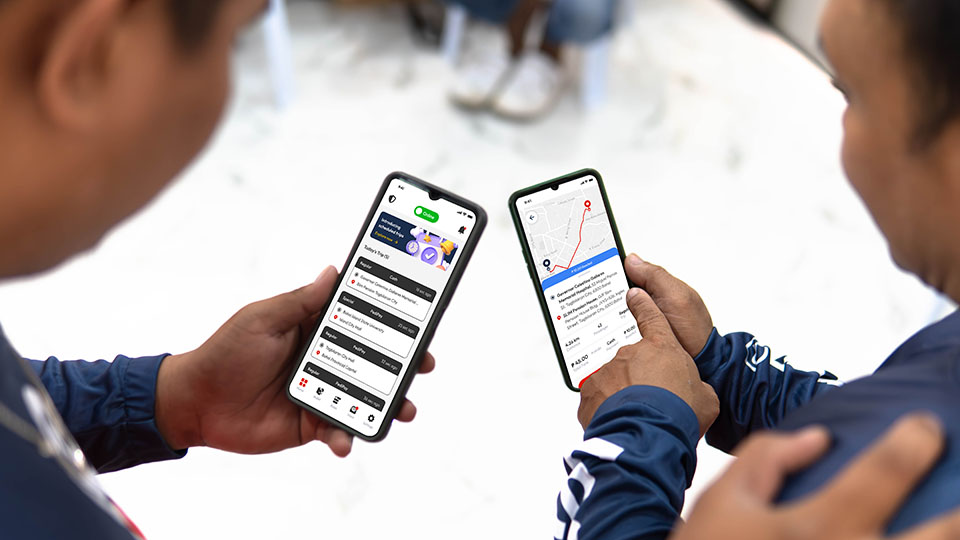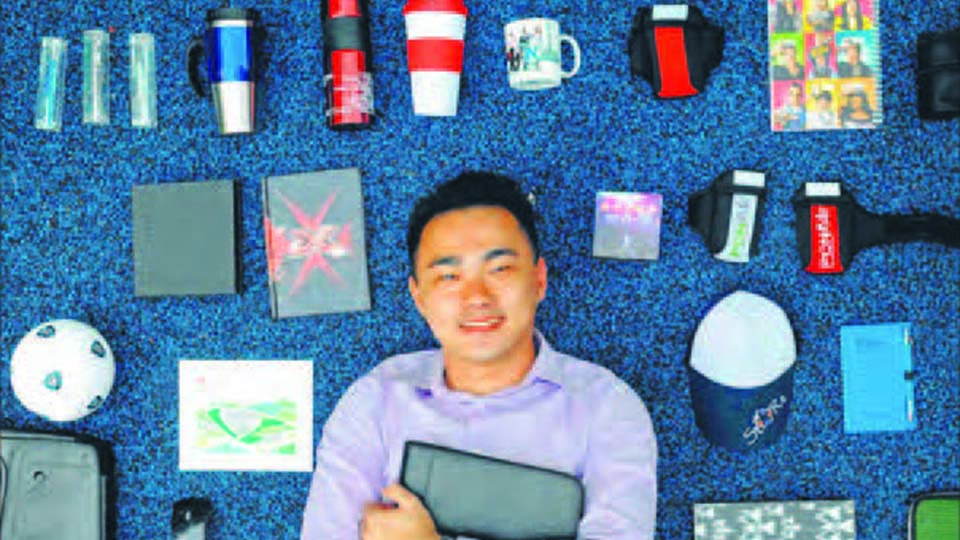IAP helps Colombian inventor harness the power of human movement
From penny farthings to kinetic dancefloors, inventors have long sought to harness the power of human movement. It is easy to understand why: even as you sit and read this, your body is generating enough energy to power an LED floodlight.

In terms of capturing this energy, the bicycle remains a masterpiece of engineering. An average human burns just 32 calories for every kilometer traveled on their bike – five times less energy than walking, and a more efficient means of movement than even most animals can achieve. However, because pedaling relies almost entirely on our lower body, it can cause wear and tear on leg muscles and bones. Common problems include knee pain and swelling, foot numbness and damage to the Achilles tendon.
A More Accessible Human-Powered Transport Solution
This issue caught the attention of Jairo Martínez Escobar. A mechanical engineer from Colombia, he wondered if it would be possible to create a device that uses other parts of the body to generate traction. Not only would this reduce the pressure on the lower body, but it might enable people with some kind of physical disability – such as amputees or those with asymmetries – to travel more effectively and comfortably than they could on a bike. As an engineer, Jairo was also intrigued by the possibility of generating traction in new ways. “I wanted to challenge the idea that traction needs to be generated using pedals and chains,” he explained. “What if we could generate it using other kinds of movement that are more natural to how our body works?”
Biomechanical Energy Harvesting
After spending a year and half studying human-powered vehicles, Jairo developed his own human traction system. His invention consists of a set of levers that can be attached to various joints of the body. When the wearer moves those joints, some of the biomechanical energy is transferred, via the levers, into a hydraulic circuit. From here the kinetic energy is used to turn a hydraulic motor shaft. The rotary movement of the shaft can then be used to propel a mechanical vehicle or to generate electricity.
Overcoming patenting barriers with the IAP
Jairo was keen to patent his invention, but was aware of certain challenges which independent inventors can face when seeking patents. “It’s not easy to successfully draft a patent application,” he says. “And patenting can be very expensive for inventors like me – not only in terms of the fees, but in terms of hiring a lawyer to help with the application process.” For many innovators Jairo’s story is a familiar one: as many as half of all inventors fail to protect their inventions when they represent themselves before a patent office, often due to a lack of money to pay for the services of a patent attorney or patent agent.
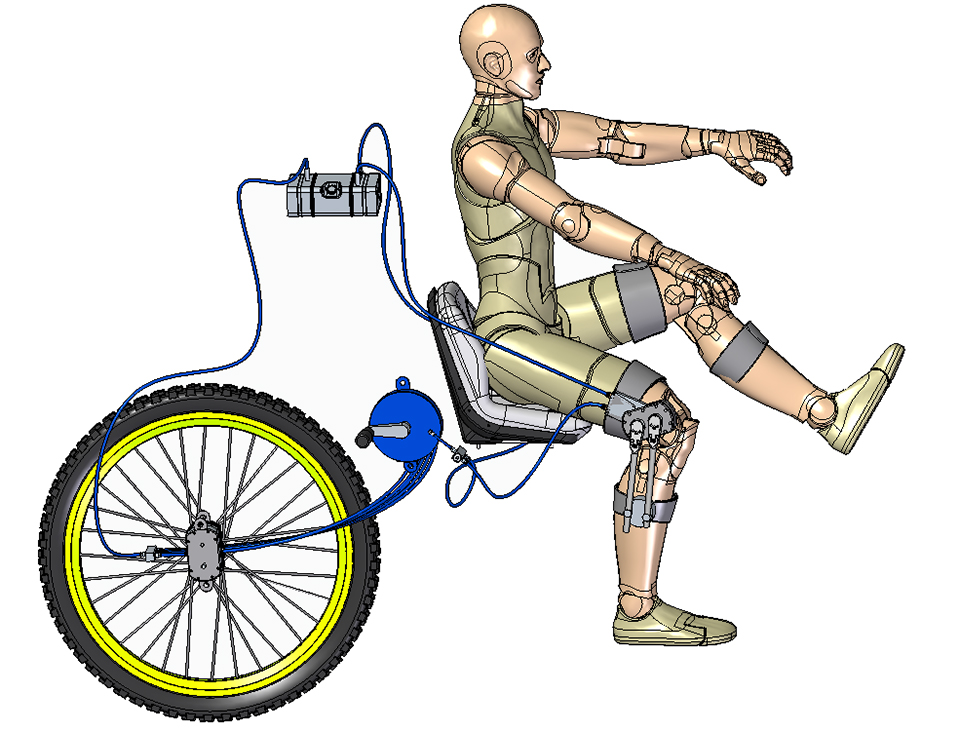
Benefits granted by the Inventor Assistance Program
Fortunately, Jairo was accepted into the Inventor Assistance Program (IAP). This unique partnership between WIPO and a variety of national authorities pairs inventors with volunteer patent attorneys, who provide free patent drafting services and represent the inventor before the national patent office. The IAP is now operational in nine countries (Chile, Colombia, Ecuador, Kenya, Morocco, Peru, the Philippines, Singapore and South Africa), meaning that participating inventors have the opportunity to seek patents for their creations both at home and in a number of other countries.
Support from IP Legal Experts
“I was lucky to be assigned to Andrés Casas Santofimio, a super-talented and professional expert with a lot of experience and technical knowledge,” recalls Jairo. “He provided the necessary assistance and advised on how to better protect my invention. And he did this with an understanding that gave me complete confidence.” Andrés was equally optimistic about the process. “Participating as an IAP volunteer is a very rewarding and satisfying experience,” he shares. “It’s also a fantastic opportunity to provide support and advice to the inventors who make great efforts to protect their creations.”
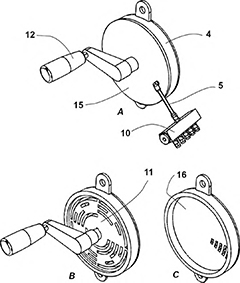
motor shaft
IAP Patent Drafting Clinic for drafting a patent application
Jairo also benefited from the IAP Patent Drafting Clinic, a WIPO initiative that helps develop patent drafting capacities of professionals with existing job functions, e.g. those who belong to the research institutions or TTOs, who can then use their patent drafting skills while working for their institutions, as well as provide their services to the IAP – the specialists who successfully completed the training help the IAP beneficiaries draft their patent applications. In Jairo’s case, it was ensured by the volunteer drafters Catalina Sánchez and Efrén Vásquez, who worked under the mentorship of Carolina Vargas, from the IP law firm Cavelier Abogados.
IAP’s 50th patent – A Proved & Tested Solution for Inventors
Thanks to the help of the IAP and the IAP Patent Drafting Clinic, Jairo’s invention received a national patent in Colombia in July 2023. This marks the fiftieth patent to be secured through the IAP since it was first established in 2015, and it was the twenty-seventh patent supported by the Program in Colombia.
Looking to the future, Jairo is now keen to commercialize his patent, either through assignment and licensing or sale, to enable international bicycle manufacturers to develop his invention further and incorporate it into their projects. His advice to fellow inventors? “Don’t think twice about applying for support through the IAP,” he says. “The people who are volunteering for this program are great, with a lot of knowledge, a lot of experience, and above all a sincere willingness to help inventors like me.”
Want to find out more? Visit the Inventor Assistance Program’s page to learn more about how to apply as an inventor, become a volunteer or a sponsor of the Program.
